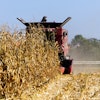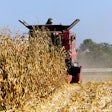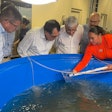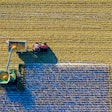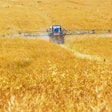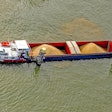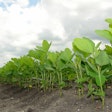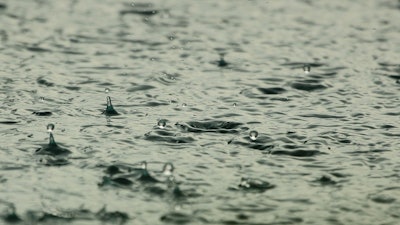
The latest U.S. Drought Monitor report, jointly produced by the National Drought Mitigation Center at the University of Nebraska-Lincoln, the United States Department of Agriculture, and the National Oceanic and Atmospheric Administration, paints a varied picture of drought conditions across the United States, with significant implications for the agricultural sector.
In the West, recent precipitation has brought some relief to farmers and ranchers. California, a major agricultural powerhouse, is seeing improved water storage levels, with its two largest reservoirs, Lake Shasta and Lake Oroville, now at 113% and 109% of their historical averages respectively. This bodes well for irrigation prospects in the upcoming growing season.
However, the situation remains challenging in other parts of the country. In the Southeast, particularly in Florida, short-term precipitation deficits have led to widespread expansion of abnormal dryness and moderate drought conditions. This could potentially stress crops and increase irrigation needs in the region known for its citrus production.
The South is experiencing a mixed bag of conditions. While parts of east Texas, Louisiana, and Mississippi saw improvements due to recent rainfall, other areas are facing worsening drought. In Bexar County, Texas, drought conditions have led to temporary bans on certain types of fireworks, highlighting the increased fire risk that can threaten agricultural operations.
The Midwest, America's breadbasket, is also seeing varied conditions. Parts of northern Michigan and northeast Minnesota experienced improvements, but abnormal dryness and moderate drought expanded in areas of Illinois, Indiana, Missouri, Iowa, and Minnesota. These conditions could impact soil moisture levels crucial for crop development.
In the High Plains, a concerning development is unfolding in southeast Nebraska, where the communities of Auburn and Peru have restricted water usage to essential use only due to low well levels. This situation underscores the potential challenges farmers may face in accessing water for irrigation.
Looking ahead, the 6-10 day forecast favors warmer-than-normal temperatures across almost the entire U.S., which could increase evaporation and plant water demand. Precipitation is expected to be below normal across most of the central and northern Great Plains and the West, potentially exacerbating drought conditions in these agricultural regions.

